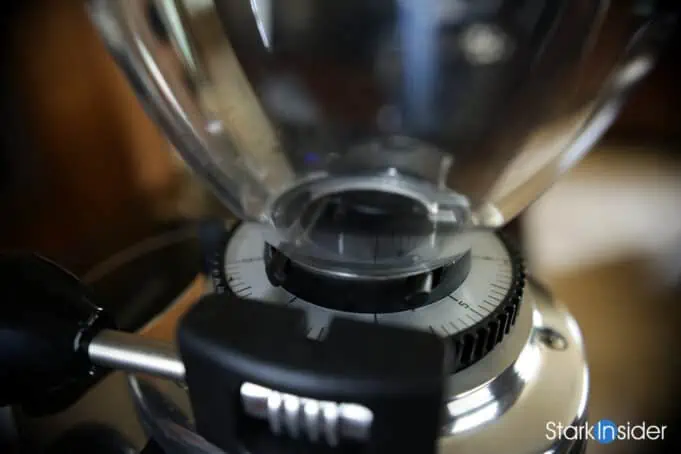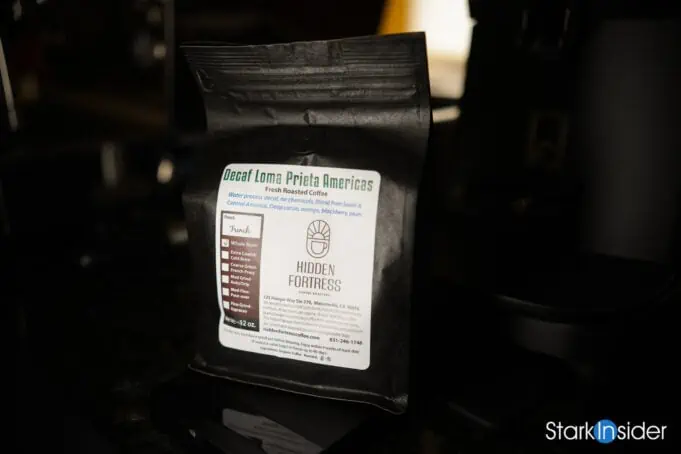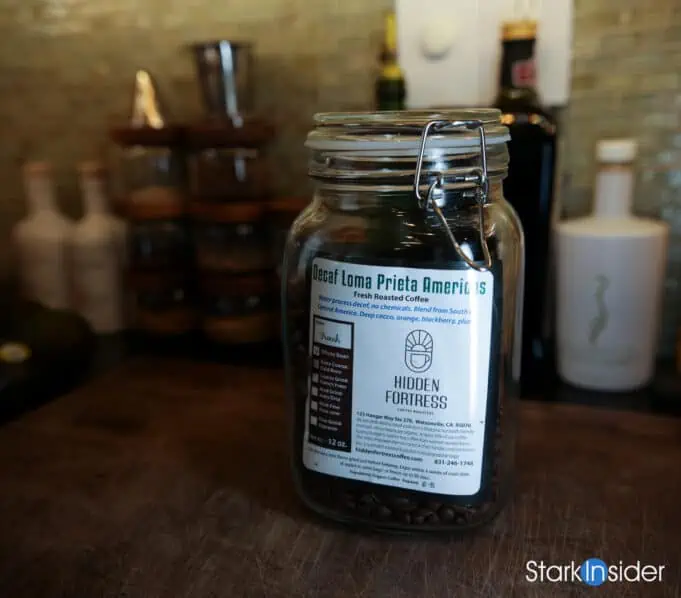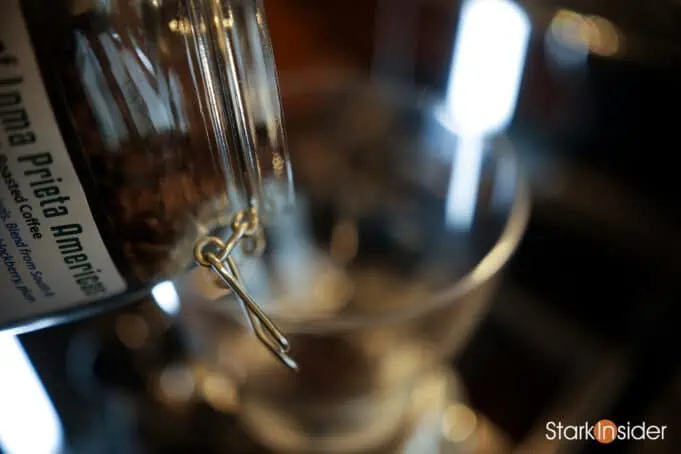In the world of espresso many home barista do something called single dosing. That is, they grind only the beans they need for a single shot. Instead of filling a bean hopper completely full, the idea is to add a carefully measured (dosed) amount of beans to make the drink and then grind them and brew accordingly. Because beans are measured and stored in sealed containers before used in a single dose workflow they remain — at least in theory — as fresh as possible.
This method obviously takes more effort than simply filling the hopper on your grinder and using the beans until empty and then re-filling and repeating ad infinitum. However, this might make sense for a high volume coffee shop where many drinks are being served and the hopper will quickly deplete. In the case of home users this could result eventually stale beans which would, as you might expect, negatively impact the quality of the espresso.
But here’s a new idea.
One that sort of bridges the two extremes; of having to go to all the effort of pre-measuring and storing 18 grams of beans into containers and of filling up a bean hopper completely full.
That is: daily dosing.
What is Daily Dosing?





Okay, yes, I just pulled this expression out of thin air. It’s a technique I’ve been using for the past year or so.
In the morning I like to get going as fast as possible. Nothing should come between me and that caffeine fix! So the night before I simply fill the hopper on my grinder with a very small amount of beans. Enough, based on experience, for making about 3-4 espresso shots. Meantime, the rest of the beans sit in a dark cupboard and air sealed, ready to be daily dosed at the end of the day (or during) as needed.
ESPRESSO ON STARK INSIDER:
Best espresso machines under $1,000 for beginners and aspiring home baristas
Tested: Can a dosing funnel improve your espresso workflow?
Home Espresso: A Cortado in a Gibraltar glass is pure luxury
Essentially, with this method you’re using almost only the beans you need to make your espresso drinks throughout any given day. And, unlike single dosing, you don’t need to go through the hassle of measuring out 18 grams worth of beans and storing them in test tube-like containers — to me, not worth the effort and perhaps something that was invented during the pandemic when folks had too much time on their hands at home?
I’m sure others out there are already practicing “daily dosing” — there’s certainly nothing groundbreaking about the concept itself. If you’re not, you might want to give it a shot and evaluate the results.
Daily Dosing: Definitely Not Black Magic, But it Works as well as Single Dosing!

In my experience there’s no way to differentiate between a shot of espresso made with a single dose workflow vs. one made with a daily dose workflow. There’s just no way in my estimation to detect the difference when using the exact same beans and same brewing methodology for both.
Now, look, I get it. You may be into the whole Zen approach of the home barista lifestyle and enjoy tweaking things and trying to optimize every detail in the ultimate quest of going from fresh beans to the perfect shot of espresso. And there’s a huge community of like-minded enthusiasts who embrace things like WDT, RDT, dosing collars, and all manner of new-fangled accessories in this effort to achieve Valhalla. If you fall into this category, you’re probably already single dosing and will scoff at anything otherwise.
Espresso Tip:
These airtight glass containers are absolutely ideal for storing espresso beans and keeping them fresh and ready to pour anytime.
I like the 50 ounce version as it provides enough room to easily store a typical bag of espresso beans. Cut the label off the bag and pop it into the jar so you can keep track of your beans (see photo above).
However, I like to find the balance. For instance, if on one end are the espresso scientists (those who measure and time everything) to the espresso artists (those who wing it) then I fall somewhere in between.
If you’re like me, you measure out the grind and use a scale and then time the output to approximate the classic 1:2 brew ratio (18 grams in, 36 grams out in 25-35 seconds). Once I’ve dialed in a bag of beans, I then use my gut intuition from there in terms of timing things. Why suck all the joy and excitement out of the great Italian tradition and turn your experience into a scientific lab?
Another advantage of Daily Dosing is the ability to easily try different beans.
You might like medium roast, while someone else in the household likes something lighter with fruit notes. By Daily Dosing you can add only the beans desired for any particular drink.
Also, this works well if you like to switch to decaf later in the day.
Daily dosing is a way to accomplish the same result: keeping beans as fresh as possible before espresso extraction.
The difference is that it relies on approximation to pour only the necessary amount of beans into the grinder hopper instead of manually single dosing a certain number of beans and storing them separately before use.
There’s no right or wrong answer here in achieving the goal. But I prefer to keep things simple. And espresso drinks around the Stark household taste perfectly fine… now if I could only say the same thing about my somewhat lacking Latte art skills…

